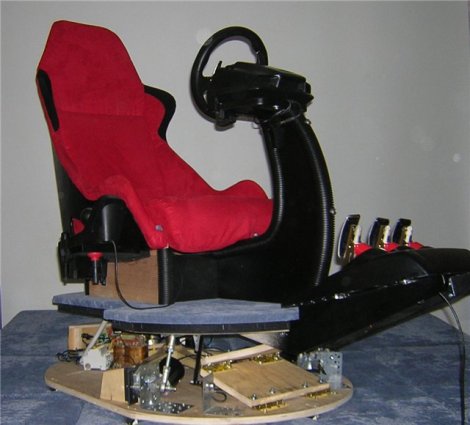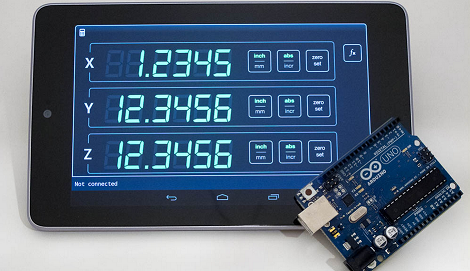[DERIY] set out to create a two degrees of freedom motion simulator for driving simulation. After four months, he’s completed this impressive simulator for about $400. The simulator receives driving data from the game and actuates the seat to provide tactile feedback to the driver.
To keep the costs low, he decided to use wiper motors for actuating the seat. The system is controlled by the Thanos AMC Motion Controller. This AVR based system connects over USB and controls the motor drivers. There’s also a collection of software for calibrating the system, including tuning the PID control and setting up the feedback potentiometers. An LCD display provides some information on the system status during operation.
If you’ve ever wanted to build a motion simulator, this is a good example of how to get started. The open source hardware for this makes controlling the system easier, and using readily available components can lower the build cost.
Check out a video of the simulator in action after the break.
















